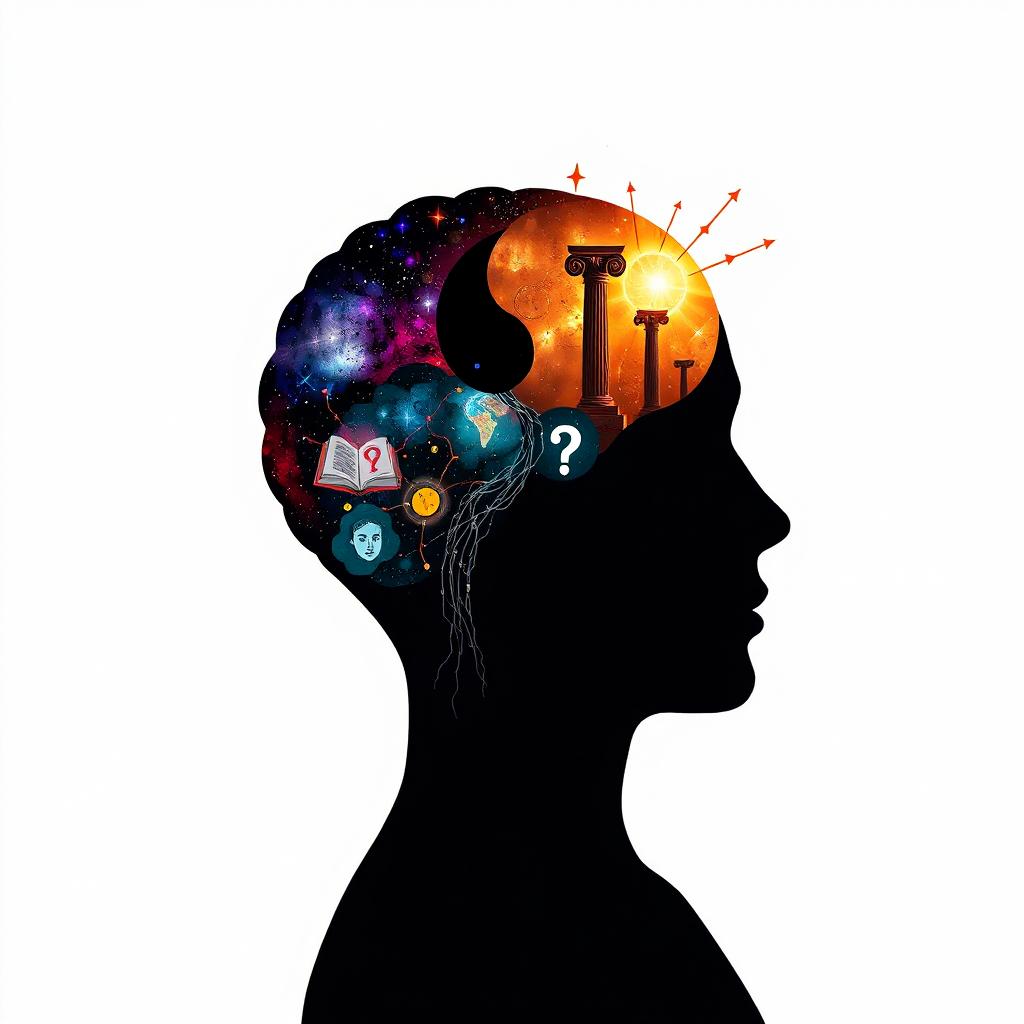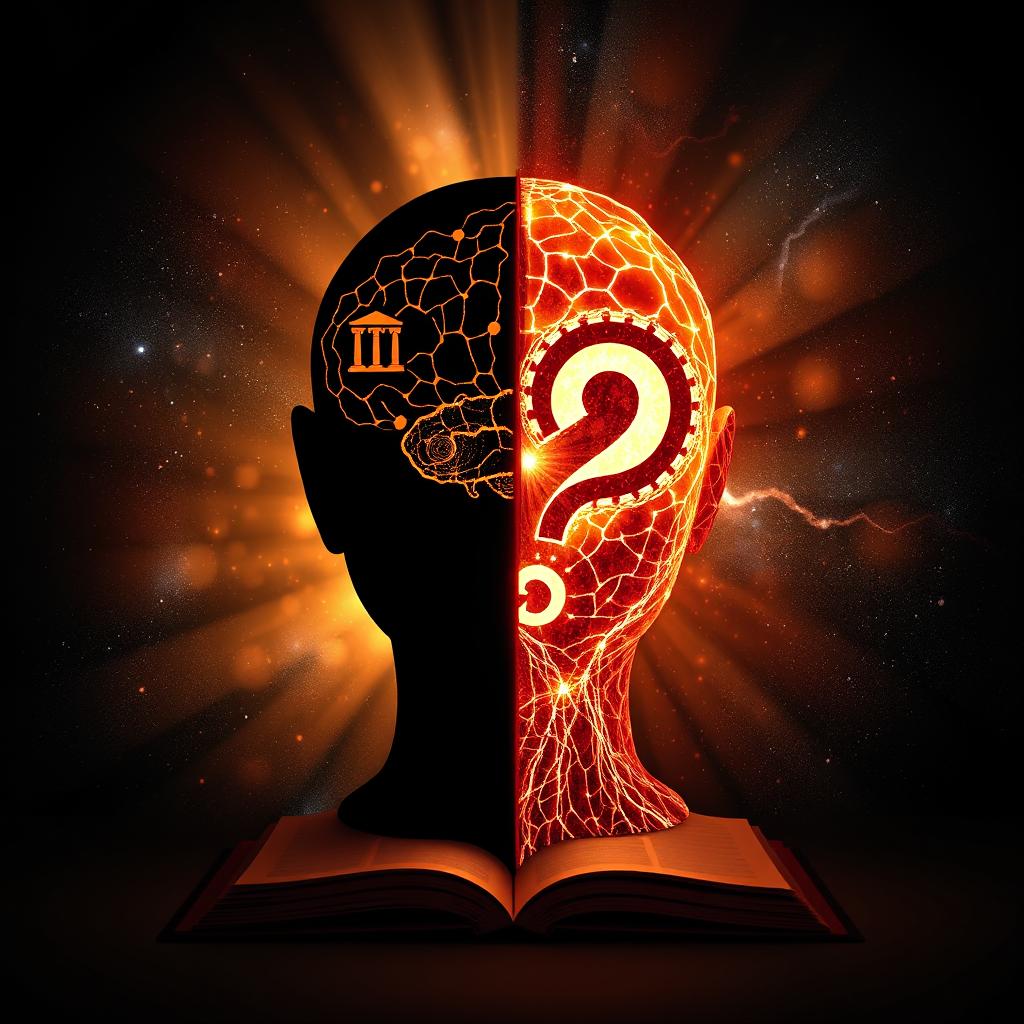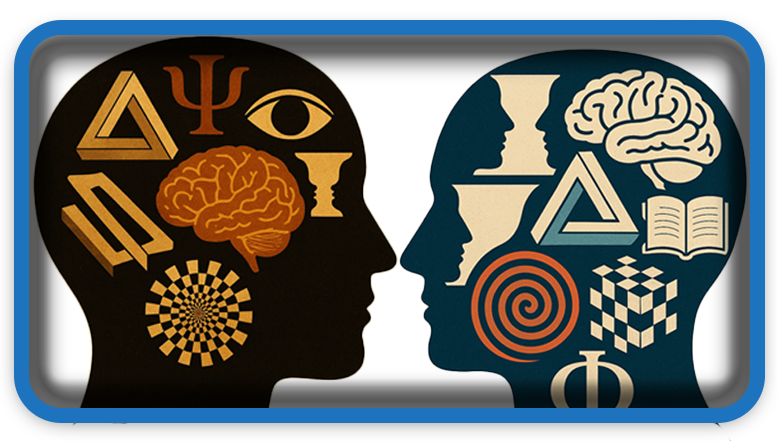⏲️ Estimated reading time: 7 min
The Power of Perception: How Our Minds Shape Reality. Perception often outweighs reality in shaping human life. Discover the philosophy, psychology, and neuroscience behind how our minds construct reality and learn strategies to challenge perceptions and see the world more clearly.
Have you ever noticed how two people can experience the same event yet walk away with entirely different stories? This is the fascinating realm of perception versus reality. Our minds filter, interpret, and reconstruct everything we see, hear, and feel. As a result, our personal world often looks more like a reflection of our perceptions than a perfect mirror of objective reality.
From ancient philosophers to modern neuroscientists, thinkers have long debated whether reality is something we experience directly or something our brains invent. Today, we know that perception plays a central role in shaping human experience, often surpassing the weight of raw facts. Understanding this truth can help us navigate personal relationships, societal influences, and even our own biases.
In this article, we’ll dive deep into philosophy, psychology, and neuroscience to understand the power of perception and how we can learn to challenge it.
1. The Philosophical Foundations
Nietzsche and the Idea of Interpretations
Philosophers have long questioned whether reality exists independently of our minds. Friedrich Nietzsche famously declared: “There are no facts, only interpretations.” For Nietzsche, truth is not absolute but rather shaped by human perspectives. In other words, reality is not a fixed, objective entity but a constantly shifting landscape shaped by individual perception.
Schopenhauer’s World as Representation
Arthur Schopenhauer echoed a similar sentiment in his work The World as Will and Representation. He argued that the world we experience is not reality itself, but a representation filtered through our minds. To Schopenhauer, reality is colored by desire, will, and subjective experience.
Eastern Philosophical Views
Eastern traditions such as Buddhism and Hinduism also highlight the illusory nature of reality. The concept of Maya in Hinduism, for example, refers to the world as an illusion shaped by human perception. This aligns with modern scientific discoveries that show how the brain actively constructs reality.

2. Psychological Perspectives
Freud and the Subconscious
Sigmund Freud’s theories revealed that much of our perception is influenced by the subconscious mind. He argued that hidden desires, fears, and memories shape how we interpret events. For example, two individuals may perceive the same situation differently depending on their past experiences and unresolved psychological conflicts.
Cognitive Biases
Psychologists have identified dozens of cognitive biases that distort perception. These mental shortcuts, while useful for quick decision-making, often lead us astray. Some key examples include:
- Confirmation bias: We notice evidence that confirms our beliefs while ignoring contradictory facts.
- Anchoring bias: Our perception is influenced heavily by the first piece of information we encounter.
- Availability heuristic: We perceive events as more likely if examples come to mind easily (e.g., fearing plane crashes more than car accidents).
These biases illustrate that perception is not passive it is an active, biased construction of reality.
Social Psychology and Group Perceptions
Social psychology adds another layer: our perceptions are influenced by those around us. Groupthink, stereotypes, and social norms often override individual reasoning. This explains how entire communities can share distorted realities, for better or worse.
3. Neuroscience Insights
How the Brain Constructs Reality
The human brain does not simply record sensory input like a camera. Instead, it interprets and reconstructs information using prediction and pattern recognition. Neuroscientists call this predictive coding: the brain continuously generates models of reality and updates them with sensory data.
Optical Illusions as Proof
Optical illusions perfectly illustrate this phenomenon. Our eyes may receive certain stimuli, but the brain fills in gaps or makes assumptions that create a perception different from reality. For example, the famous “dress illusion” was it blue and black or white and gold? shows how perception can radically diverge among individuals.
Emotions and Perception
Neuroscience also reveals how emotions affect perception. The amygdala, a part of the brain involved in processing fear, can heighten perceived threats even when none exist. This is why anxiety often distorts reality, making small problems feel overwhelming.
4. The Impact of Perception on Human Experience
The Placebo Effect
One of the most powerful examples of perception’s impact is the placebo effect. Patients who believe they are receiving treatment often experience real improvements even when given sugar pills. Their belief and perception of healing trigger physiological changes in the body.
Perceived Threats and Real Reactions
Similarly, perceived danger can activate the body’s fight-or-flight response. For instance, walking alone at night and hearing a noise behind you may trigger adrenaline, increased heart rate, and heightened alertness even if the “threat” is just a cat.
Daily Life and Relationships
In everyday interactions, perception influences how we interpret words, actions, and intentions. A neutral statement may be perceived as criticism depending on the listener’s state of mind. In relationships, conflicts often arise less from reality itself and more from perceptions of reality.
5. Perception in Culture and Society
Cultural Narratives
Culture provides a collective lens through which people perceive the world. For instance, concepts of success, beauty, and morality differ dramatically across cultures. A gesture considered polite in one society may be offensive in another.
Media and Constructed Reality
The media plays a massive role in shaping societal perceptions. News outlets, movies, and social media platforms all present curated versions of reality. Repeated exposure to certain narratives can alter how we perceive events, people, or even entire nations.
Consider how advertising shapes perceptions of beauty. Airbrushed images and unrealistic standards can lead individuals to perceive themselves as inadequate regardless of their actual appearance.
6. The Consequences of Constructed Reality
Wars and Conflicts
History is filled with wars sparked not just by facts but by perceptions of threats, power, or ideology. Propaganda has been used for centuries to shape perceptions and mobilize populations toward conflict.
Personal Relationships
On a smaller scale, relationships can break down due to distorted perceptions. Misunderstandings, jealousy, and mistrust often arise from imagined scenarios rather than objective reality.
Modern Challenges: Misinformation
In today’s digital age, misinformation and fake news amplify the dangers of constructed realities. Social media algorithms reinforce biases by feeding users information that aligns with their existing perceptions, creating echo chambers.

7. Challenging and Changing Perceptions
Self-Awareness and Reflection
The first step in challenging perception is awareness. By questioning our assumptions, we can begin to separate perception from reality. Journaling, self-reflection, and seeking feedback from others are powerful tools.
Mindfulness and Meditation
Mindfulness practices help individuals observe thoughts and perceptions without immediate judgment. By doing so, we can create distance between what we perceive and what actually is, reducing the impact of cognitive biases.
Exposure and Education
Exposing ourselves to diverse perspectives through reading, travel, and conversation helps broaden our perception. Education and critical thinking skills are crucial for resisting manipulation and misinformation.
Final Thoughts
Perception is more than just a filter; it is the very fabric of our reality. Philosophy, psychology, and neuroscience all confirm that what we “see” is not raw truth but a carefully constructed version of the world.
By understanding how perception shapes our lives, we gain the power to question, challenge, and refine it. Ultimately, the quality of our lives depends not just on what happens to us but on how we perceive those events.
So ask yourself: Is your reality based on facts or perceptions you’ve never challenged?
🔔 For more tutorials like this, consider subscribing to our blog.
📩 Do you have questions or suggestions? Leave a comment or contact us!
🏷️ Tags: perception vs reality, philosophy of perception, cognitive biases, neuroscience of perception, psychology of perception, mindfulness, media influence, cultural perception, constructed reality, placebo effect
📢 Hashtags: #PerceptionVsReality, #PhilosophyOfMind, #CognitiveBias, #Neuroscience, #Mindfulness, #Psychology, #MediaInfluence, #Culture, #SelfAwareness, #ConstructedReality
Only logged-in users can submit reports.
Discover more from HelpZone
Subscribe to get the latest posts sent to your email.

